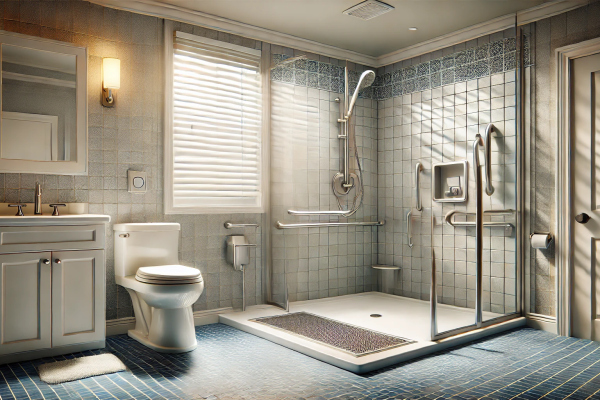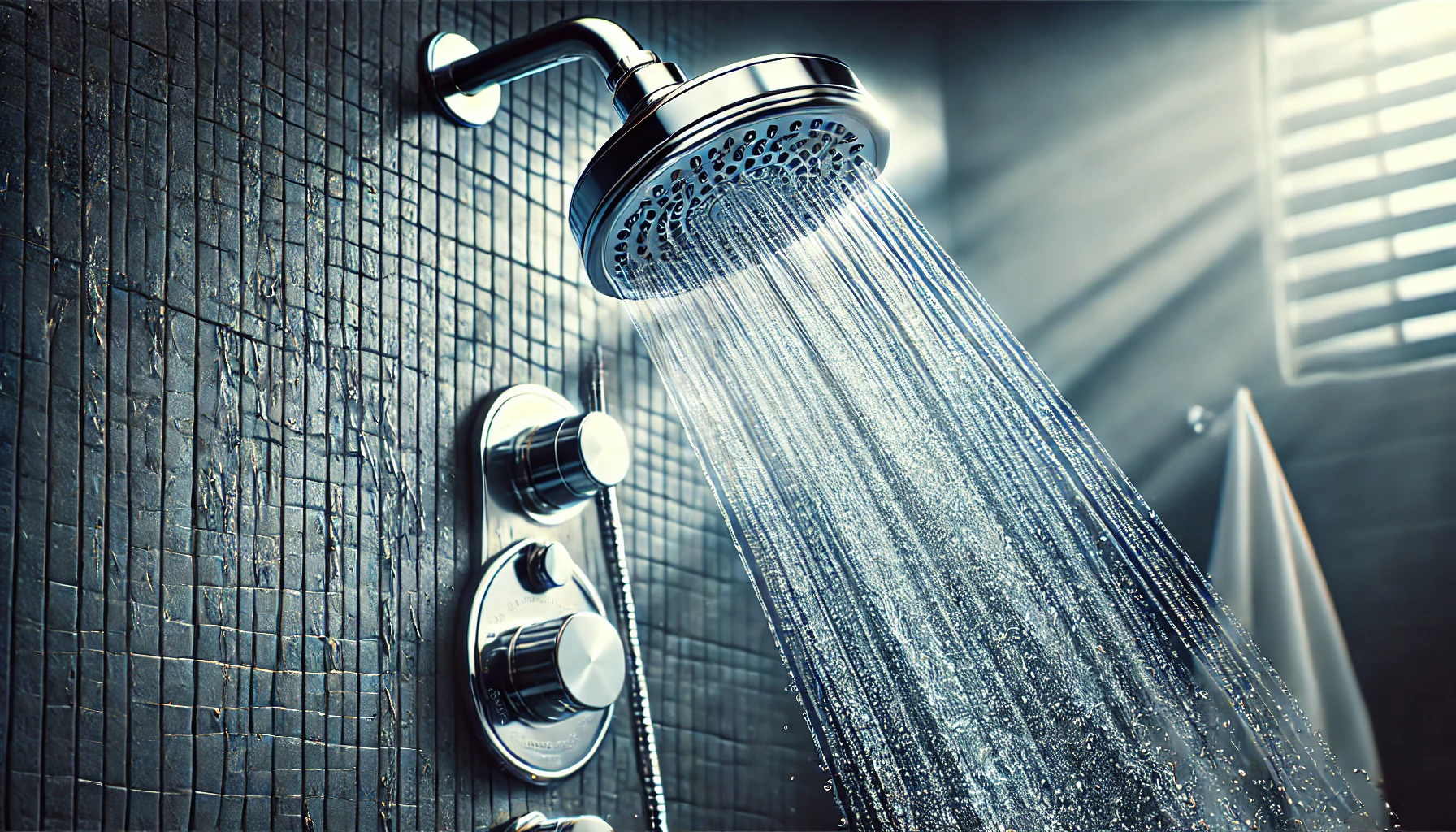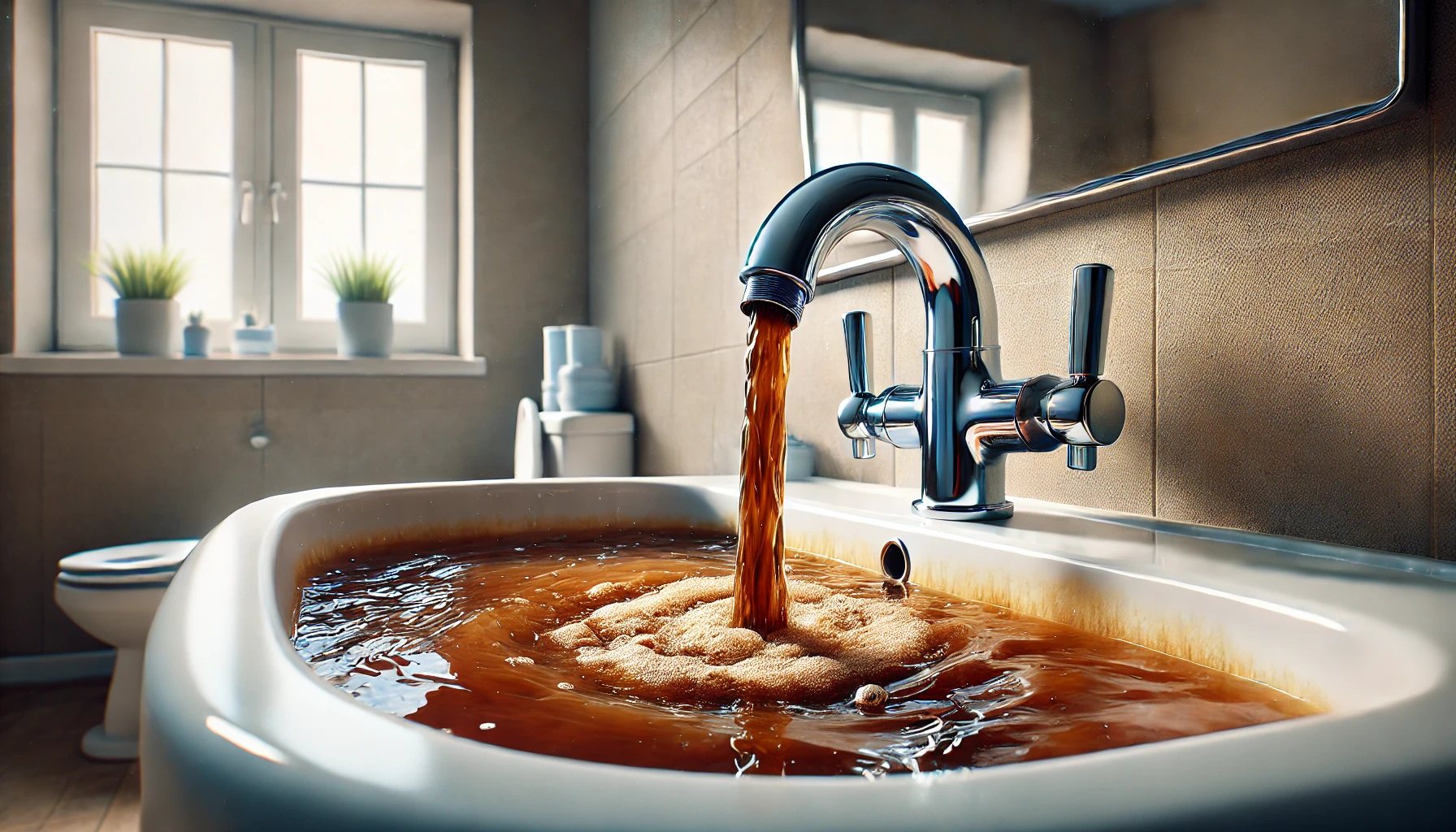
Essential Bathroom Safety Tips to Protect Older Adults
Falls are the leading cause of injury among older adults, and the bathroom is one of the most hazardous places in the home for seniors. According to the Centers for Disease Control and Prevention (CDC), one in three adults over the age of 65 falls each year, often resulting in serious injuries. As we age, our bodies become less agile, and we may not have the balance we once did, which makes us more susceptible to slips and falls—especially in areas like the bathroom.
If you're living with older adults or have elderly relatives or guests visiting, ensuring their bathroom is safe is crucial. With a few simple upgrades and modifications, you can create a safer environment that significantly reduces the risk of accidents.
Here’s a step-by-step guide on how to make your bathroom safe for older adults, from installing grab bars to adding anti-slip mats. These simple changes could make a huge difference in preventing falls and improving accessibility.
1. Install Handrails and Grab Bars for Fall Prevention
Why They Matter for Fall Prevention
One of the most effective ways to reduce the risk of falls in the bathroom is to install handrails and grab bars in key areas, such as the tub, shower, and near the toilet. These easy-to-install fixtures provide support when getting in and out of the bath or shower, which is especially helpful for those with limited mobility.
Grab bars are a low-tech solution that can save lives. According to the CDC, the risk of falls is significantly reduced for seniors who have something to hold onto while moving in and out of the bathroom.
Where to Install Them
Shower/Tub: Install grab bars on the walls of the shower or tub area, positioned horizontally for balance and stability.
Toilet: Place grab bars near the toilet to assist with sitting and standing.
Wall Mounts: Ensure that the grab bars are securely attached to the wall studs to prevent them from coming loose under pressure.
2. Modify or Replace the Bathtub for Easier Access
Walk-in Tubs vs. Showers: Which is Better?
Standard bathtubs can be challenging for seniors to use because of the high side wall they must step over. To make bathing easier and safer, you may want to replace the traditional bathtub with a walk-in tub. These tubs come with a door that allows the user to step in and out without having to lift their leg over a high edge, which is particularly helpful for people with joint pain or limited mobility.
If no one in your household takes baths, consider replacing the tub entirely with a walk-in shower. Showers can be a better option for those with limited mobility, especially when they are equipped with a built-in seat to minimize stress and exertion during the bathing process.
3. Add an Adjustable Showerhead for Accessibility
Why an Adjustable Showerhead is Essential
For seniors, bathing can be exhausting if they have to strain to reach high or low places in the shower. One of the simplest upgrades you can make is installing an adjustable showerhead. This will allow your elderly family members or guests to shower comfortably while remaining seated on a shower chair or stool.
Our partner, Homewatch Caregivers, recommends installing an adjustable showerhead to provide comfort and independence for seniors who prefer to stay seated while showering. The ability to adjust the height of the showerhead reduces unnecessary bending or stretching, which can be a strain on the body.
4. Replace Knob Faucets with ADA-Compliant Levers
Why ADA-Compliant Faucets Are Safer
Knob-style faucets may be difficult for some seniors to turn, especially those with arthritis or limited hand strength. Fortunately, it’s simple to replace these faucets with lever-style faucets, which are easier to operate with a simple push or pull.
For added safety, consider replacing your faucets with ADA-compliant models, which are specifically designed for people with disabilities. These faucets often feature long levers for easy turning and may include features such as a hot water safety stop, which can prevent accidental burns.
5. Prevent Slips with Anti-Slip Mats and Flooring
Slippery Surfaces Are Dangerous
Slippery bathroom floors are one of the biggest hazards for seniors. To reduce the risk of slipping, you should use anti-slip mats on both the floor and inside the tub or shower. Non-slip mats should have rubber backing to prevent them from bunching up and creating a tripping hazard.
In addition to mats, consider replacing your bathroom flooring with non-slip tiles or a textured vinyl that can provide better grip for bare feet. These simple changes can drastically reduce the likelihood of falls in the bathroom.
6. Raise the Toilet for Comfort and Safety
The Benefits of a Higher Toilet
For seniors, sitting down and getting up from a low toilet can be challenging. If your toilet is relatively low to the ground, consider replacing it with a taller model, or adding a toilet seat extender. These modifications make it much easier for elderly individuals to sit and stand up with minimal effort, reducing the risk of falls.
In Texas, where extreme heat and humidity can cause increased fatigue, these adjustments will help make bathroom use more comfortable and less strenuous for older adults.
7. Keep Water Temperatures Safe
Why Water Temperature Matters
Setting your water heater temperature to 120 degrees Fahrenheit (49 degrees Celsius) is not just an energy-saving practice—it’s also safer for older individuals. Many water heaters are set as high as 140 degrees, which can cause burns in just seconds. By reducing the temperature, you’ll protect your elderly loved ones from accidental scalding.
For seniors, who may already struggle with maintaining balance and coordination, an unexpected scalding can easily lead to a fall or more serious injury.
8. Install Adequate Lighting for Nighttime Use
Nighttime Bathroom Safety
According to Homewatch Caregivers, seniors are more likely to need the bathroom during the night. If they’re only partially awake, it’s easy to trip or slip. To prevent accidents, make sure your bathroom has sufficient lighting, especially near the toilet and the entrance.
Installing motion-sensor nightlights is an excellent way to ensure there’s always enough light in the bathroom during the night, making it easier to navigate in the dark.
Conclusion: Creating a Safer Bathroom for Seniors
Making your bathroom safe for older adults is one of the most important steps you can take to ensure their comfort and well-being. By installing handrails, replacing bathtubs, and making small adjustments, you can significantly reduce the risk of falls and make






